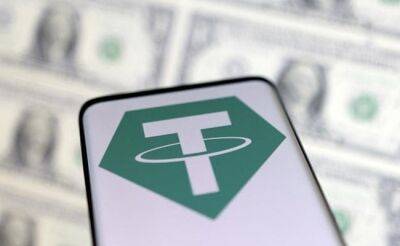The metaverse puts the digital asset interoperability challenge on steroids
In his monthly crypto tech column, Israeli serial entrepreneur Ariel Shapira covers emerging technologies within the crypto, decentralized finance and blockchain space, as well as their roles in shaping the economy of the 21st century.
In the year 2022, we no longer need to ponder how many stars there are in the sky — Yale astronomer Dorrit Hoffleit has already established that humans can see about 9,096 from Earth with the naked eye. Now that we are past that, we might as well start pondering how many metaverses there are on the internet, and oh boy, are those plentiful.
When rebranding into Meta, the company formerly known as Facebook opened the floodgates, pushing the concept of the metaverse, a shared virtual reality (VR) and augmented reality (AR) digital experience, right into the spotlight. Where Meta went, others followed. The word “metaverse” only came up seven times in investor pitches in 2020, according to Sentieo. In 2021, the watershed year, entrepreneurs mentioned it about 128 times when pitching.
One would think that from a consumer perspective, metaverse proliferation can only be a good thing. As more and more metaverses lay their claims to users’ time and attention, they naturally have to compete among themselves. Ideally, they would try to outshine one another by offering a better user experience, more functionality, and other consumer-friendly practices.
Related: There is room for the metaverse in 2022, but the virtual space is far from perfect
In reality, though, the through-the-roof metaverse propagation may very well fly in the face of its very own core principles. A shared experience means everyone can join in, should they want to, but this is where we hit the first hurdle. To meet up with your friends
Read more on cointelegraph.com



















